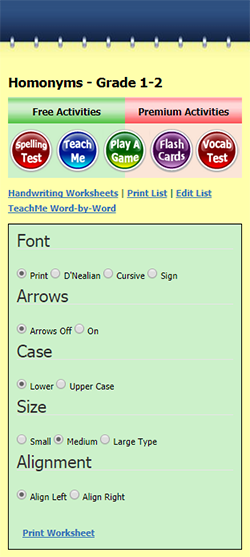- blended learning so that much of the instruction or mini lessons is done electronically, not by the teachers
- personalized learning so that students at each level of DOK of the lesson know what the expectations are for them to progress (ie Marzano).
- While I've seen Lucy Caukins, it puts a lot responsibility and workload on the teacher. Too much.
So enter WritingCity from the VocabSpellingCity folk. They know how to make teachers lives easier. And to engage the students. So check out:
The elementary writing curriculum from WritingCity (nee WriteStepsWriting)!
ritingCity is the most teacher-friendly standards-based writing and grammar program for K-5 on the market. Period. We fuse best practices such as the 6 traits of writing, Writer’s Workshop, Multiple Intelligences, and Bloom’s Taxonomy.
This comprehensive program gives teachers and students everything they need to develop their craft with confidence.
The WritingCity Curriculum is provided via the online Teacher Platform that can be used with interactive whiteboards, visual projectors, computers, tablets, iPads, and document cameras.
WritingCity includes:
- daily lesson plans that provide Madeline Hunter-type lesson steps to successfully guide students in learning the writing process with standards-based skill development.
- Engagers Interactive web-based writing activities for every lesson created in SMART Notebook format.
- student visual aids, such as authentic student writing samples, graphic organizers, and text type specific 6 traits rubrics.
- unit introduction videos give educators confidence teaching new material.
- teacher support documents including pacing guides, standards correlation charts for every state, conferencing sheets, technology recommendations for producing and publishing writing, rubric conversion sheet for grading, writing themes, grammar guides, and many more.
- classroom demonstration videos teaching lesson concepts and introducing units.
- unlimited email support with coaches to support program implementation.
- automatic lesson updates ensure that teachers are prepared for next generation assessments.

